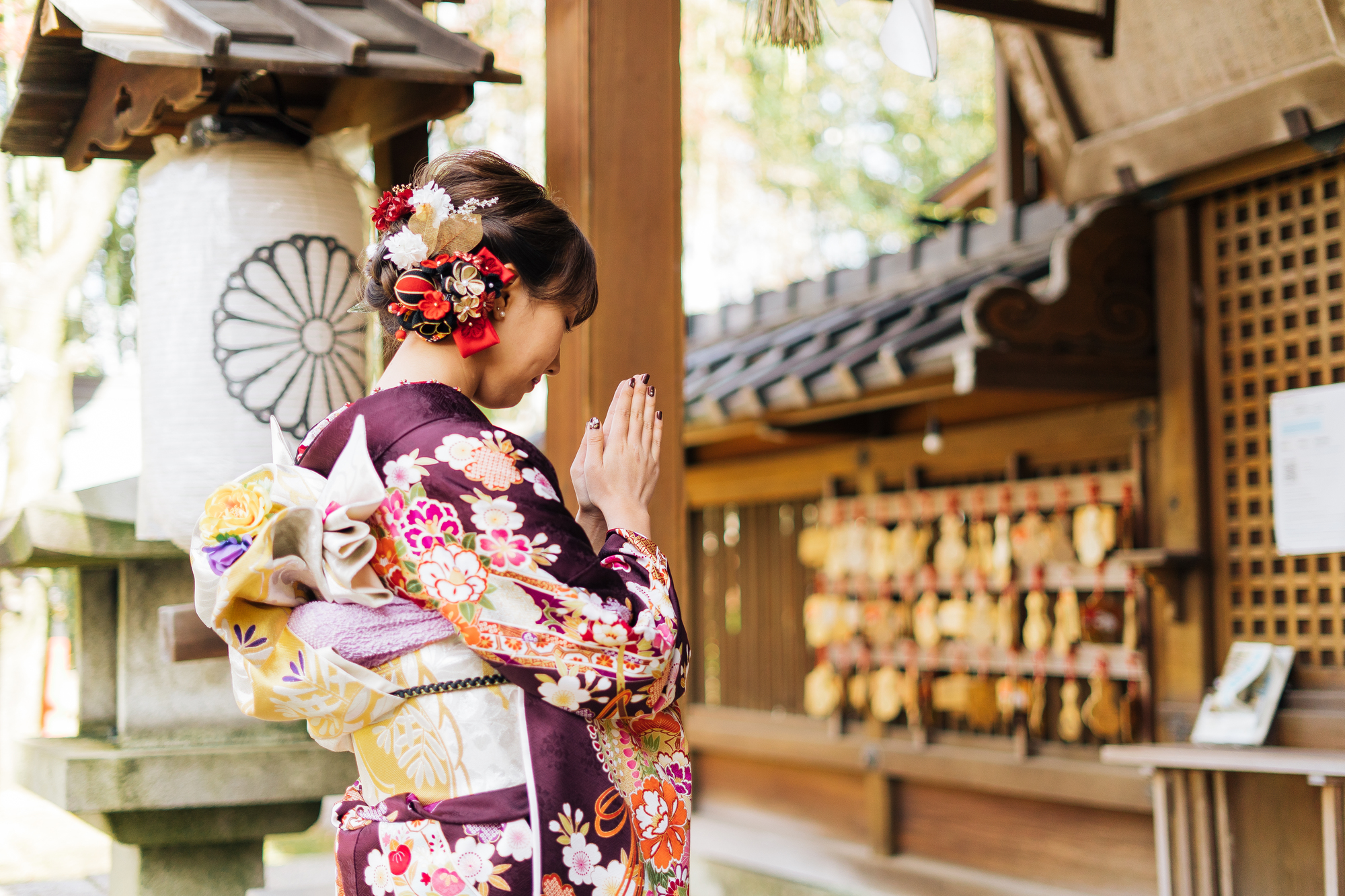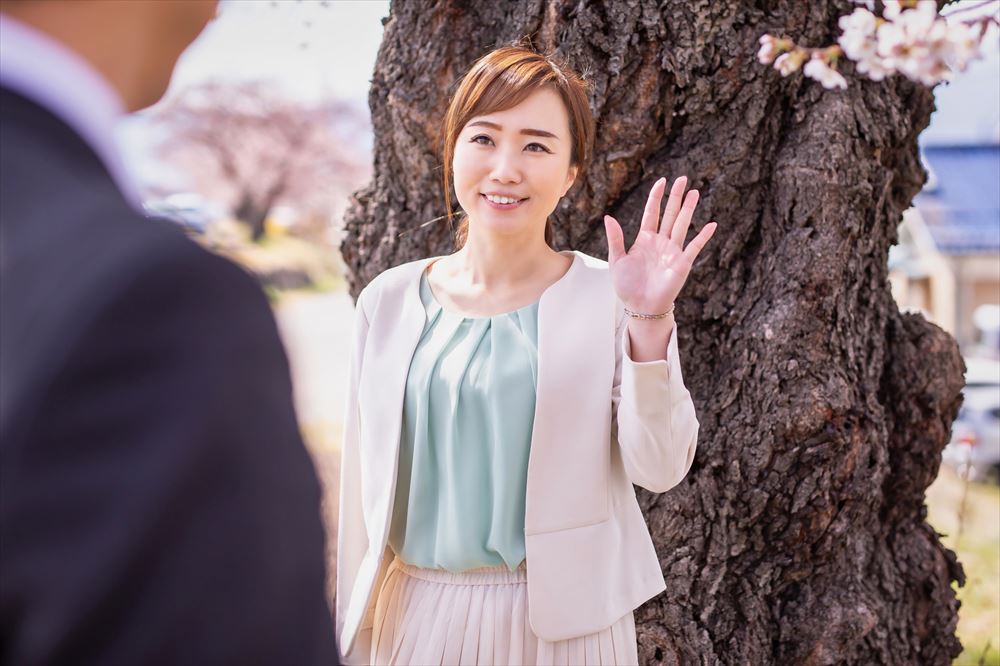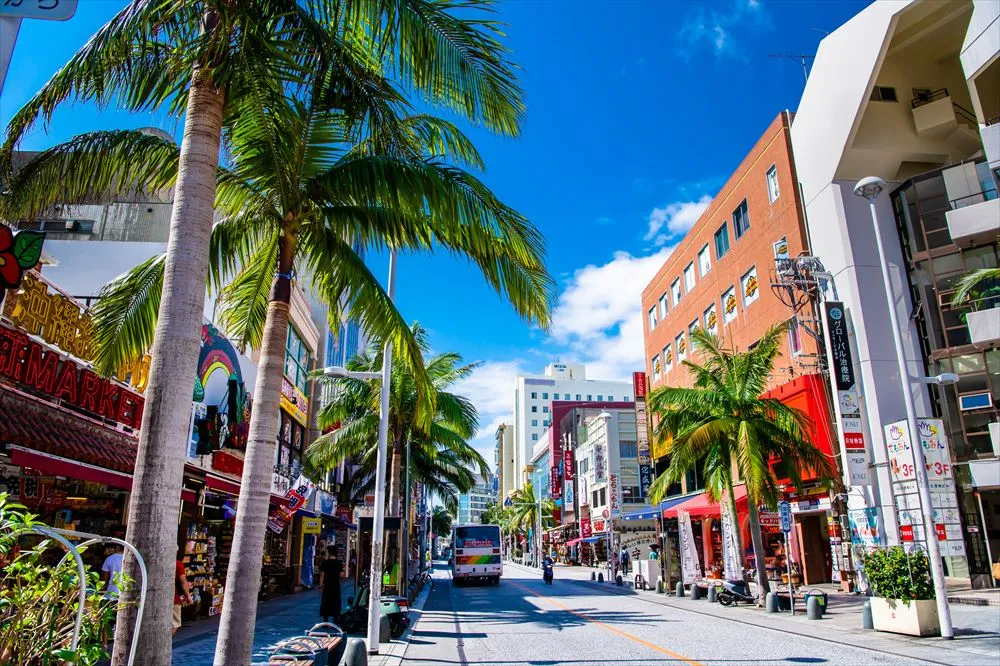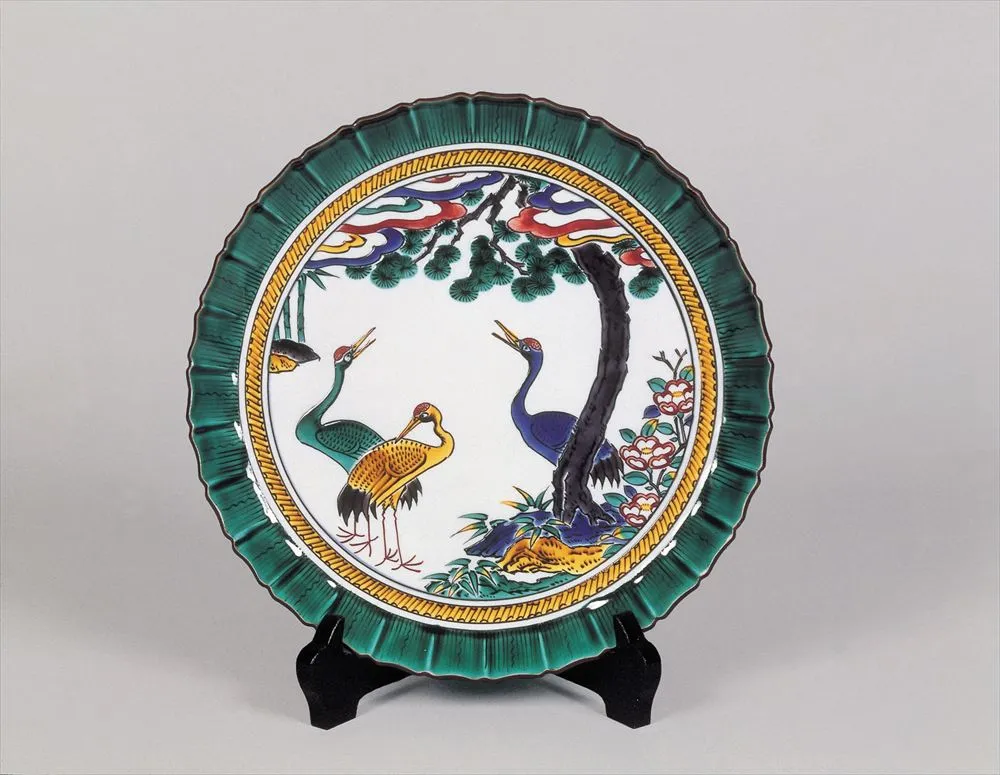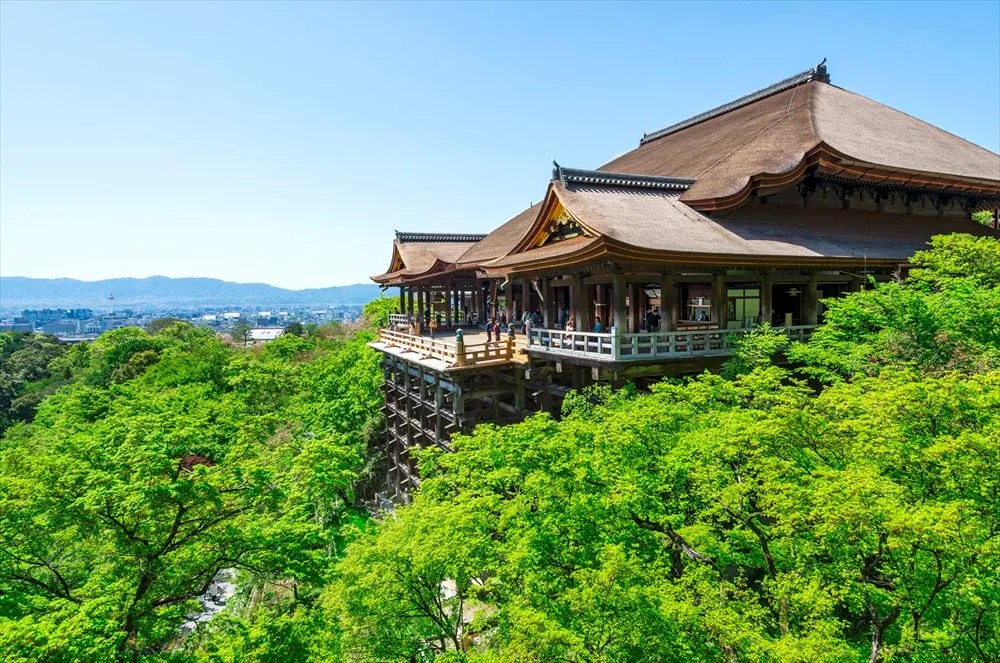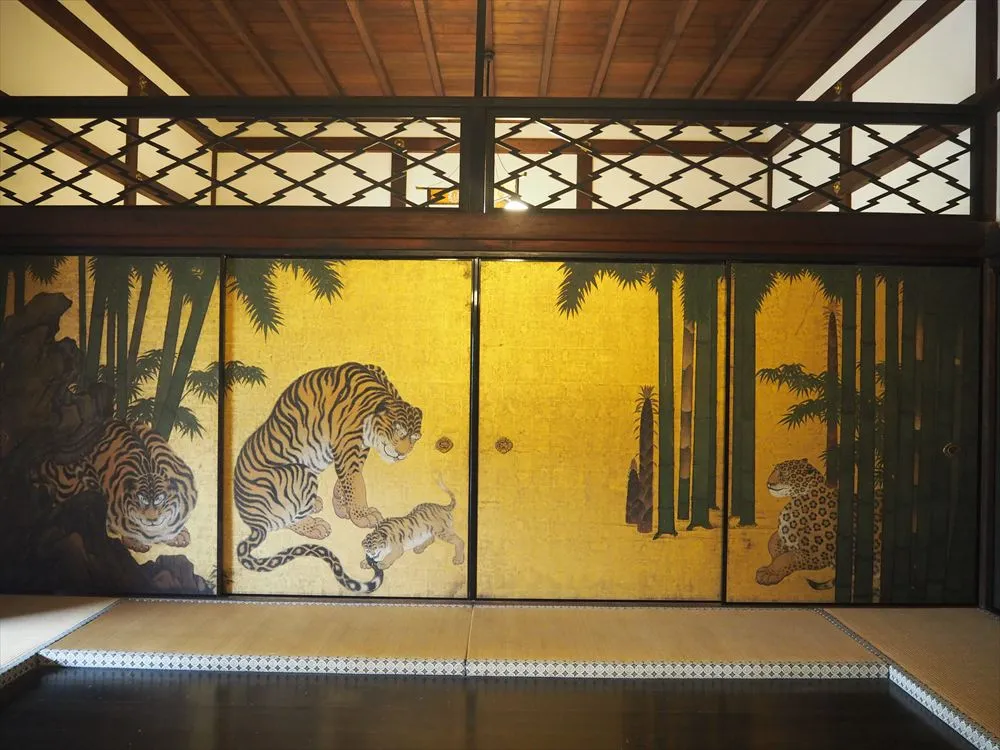The unique Japanese new year customs
In Japan, the New Year celebration begins on January 1 and is traditionally centered around the first three days of January, known as “Sanganichi.” During this period, many people take time off work to spend with family and close friends. The New Year is a special time to celebrate fresh beginnings, express wishes for luck and prosperity, and participate in a variety of traditional customs and activities.
Celebrate the Japanese New Year! A Time-Honored Way to Welcome the Year Ahead
Hatsuhinode /Watching the First Sunrise of the Year
Hatsuhinode is the tradition of watching the first sunrise on the morning of January 1. It symbolizes the celebration of a new beginning. Many people gather at scenic spots such as beaches, mountaintops, or observation decks to witness the sunrise and welcome the new year with a refreshed spirit.
Otoshidama /New Year’s Gift Money
Otoshidama refers to money gifted to children by parents and relatives during the New Year. For children, this is one of the highlights of the season. The custom reflects a wish for the children’s healthy growth and a desire to support their new year ahead. The amount given often depends on the giver’s relationship with the child and the child’s age, with older children typically receiving larger amounts.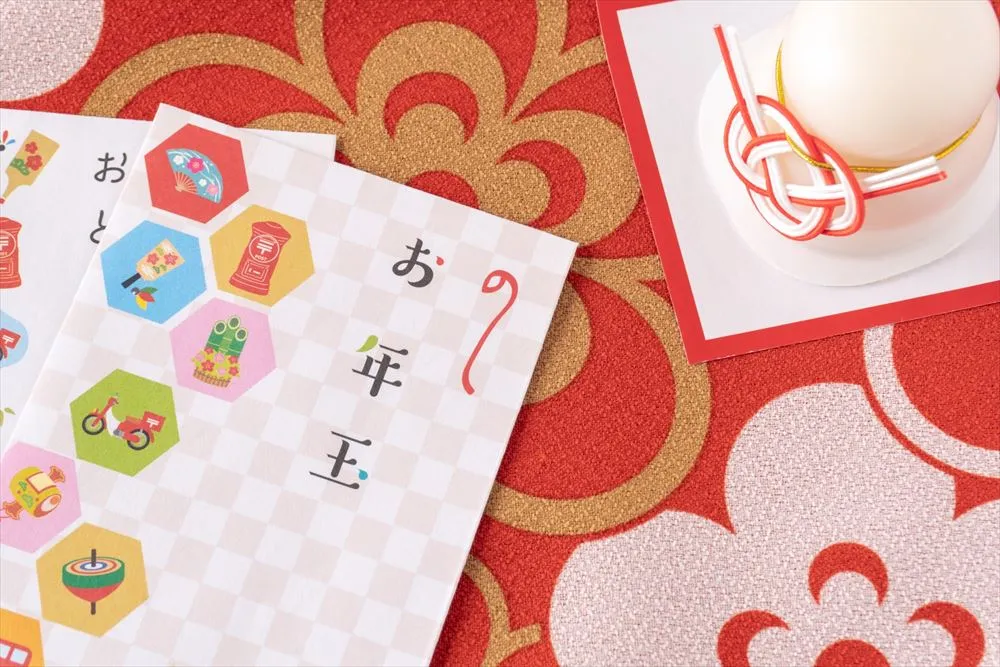
Hatsumode /The First Shrine or Temple Visit of the Year
Hatsumode is the act of visiting a shrine or temple at the beginning of the year to pray for health and good fortune. While this can be done between January 1 and 7, the first three days of the year are the most popular. Famous locations, such as Meiji Jingu Shrine in Tokyo, often see long lines of visitors. Many enjoy drawing omikuji (fortune slips), writing wishes on ema plaques, or purchasing omamori charms for good luck or warding off misfortune.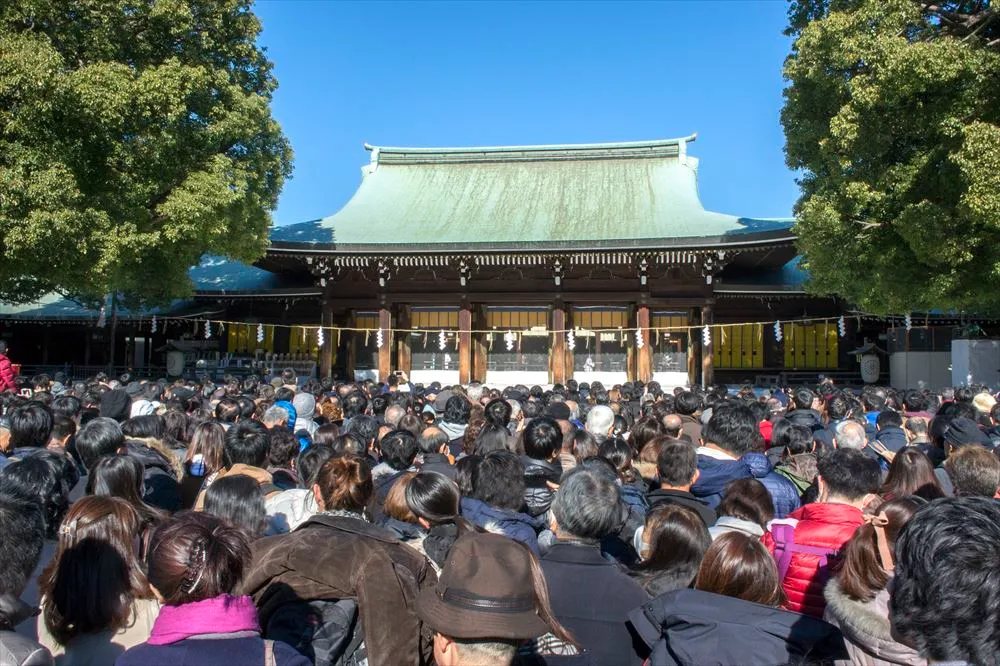
Fukubukuro /Lucky Bags
Fukubukuro are special New Year grab bags filled with products often worth more than their selling price, making them an exciting and cost-effective way to shop. The contents are usually a mystery until opened, though in recent years, some stores have begun offering bags with items revealed. These lucky bags are sold not only in physical stores but also online, sometimes with reservation or lottery systems in place.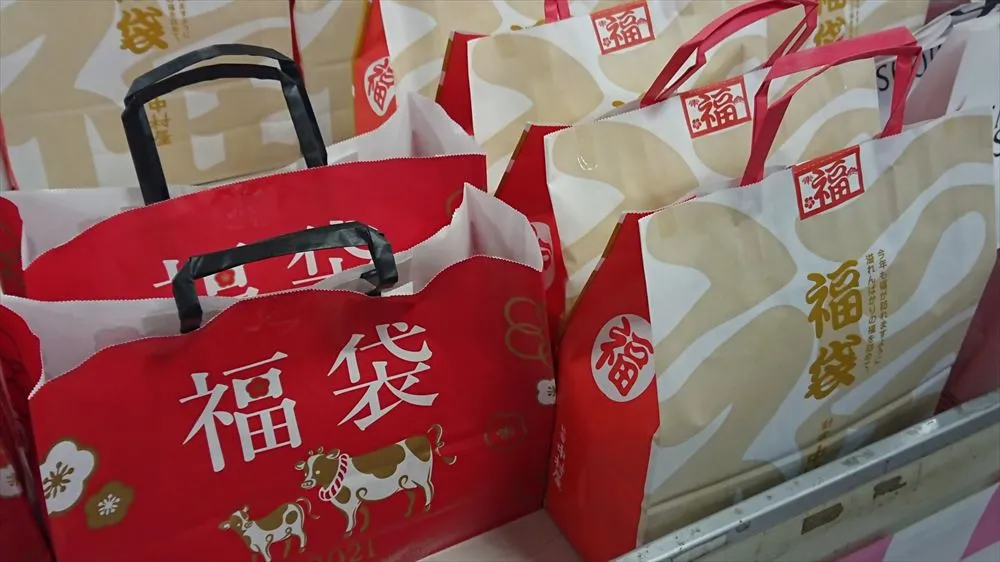
Nengajo /New Year’s Cards
Nengajo are greeting cards sent to friends, family, and business associates to express gratitude for the past year and wish happiness for the year ahead. It is often sent by mail to arrive on January 1. While traditional cards remain popular, digital New Year’s greetings are also becoming widespread, offering a variety of ways to share your well wishes.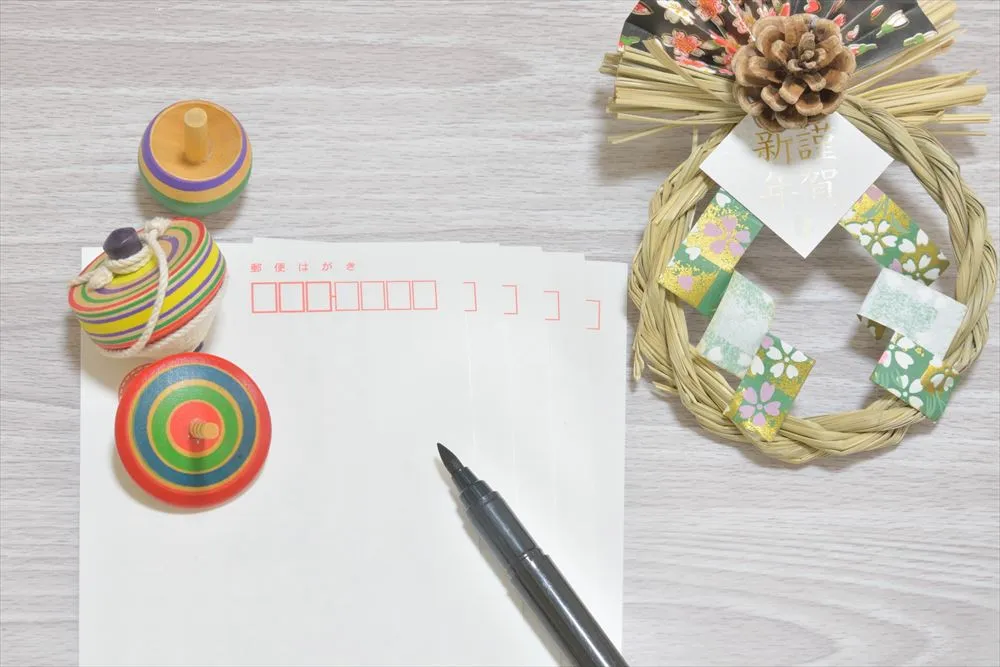
Osechi Ryori /Traditional New Year’s Cuisine
Osechi Ryori is a must-have for Japanese New Year celebrations. This traditional cuisine consists of a variety of dishes packed into layered lacquered boxes. Each ingredient carries a symbolic meaning, such as health, prosperity, or the well-being of future generations. The style and flavors of Osechi differ across regions and families; for instance, the types of dishes and seasonings can vary between the Kanto and Kansai regions. In recent years, modern variations such as Western- or Chinese-style Osechi have gained popularity as well.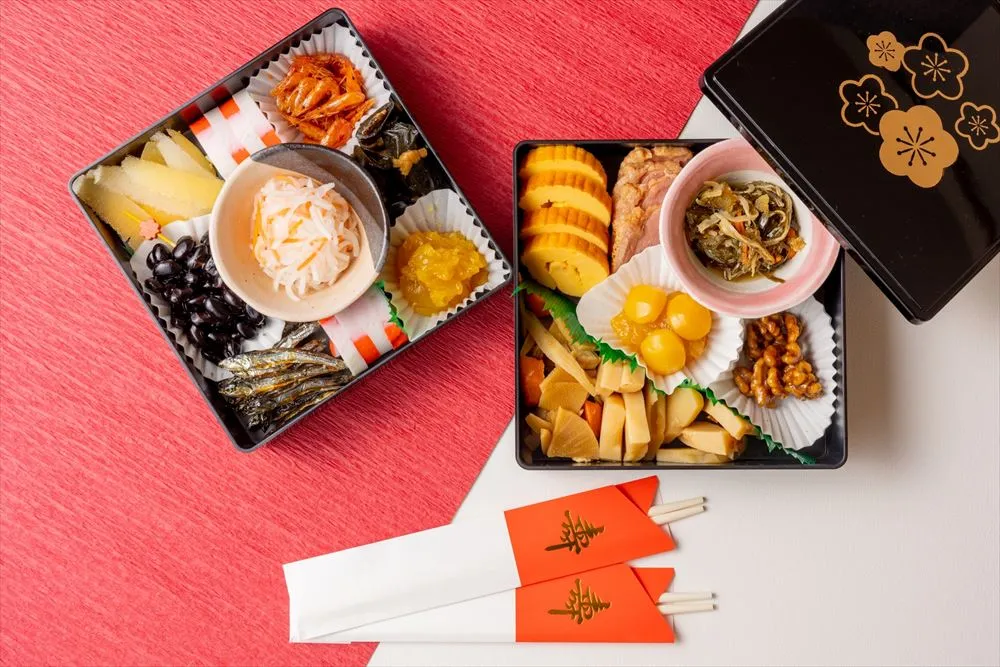
Other Traditions and Customs
Japan’s New Year is rich with cultural traditions. For example, Joya no Kane, the ringing of temple bells 108 times on New Year’s Eve, is a widespread practice across the country. The sound of the bells symbolizes the cleansing of 108 earthly desires, allowing people to welcome the new year with a purified mind.
Additionally, traditional New Year games and activities are a distinctive part of Japan’s New Year celebrations. Popular pastimes include kite-flying, hanetsuki (a game similar to badminton), karuta (traditional playing cards), and fukuwarai (a game akin to pin-the-tail-on-the-donkey), all of which create joyful moments of togetherness.
The Japanese New Year is enriched by these diverse customs and traditions, making it an important time for deepening connections with family and relatives.
